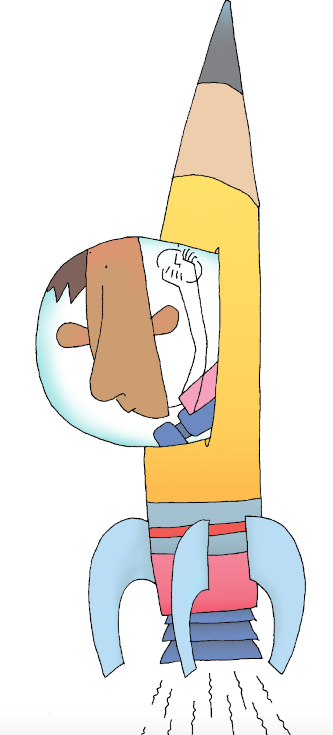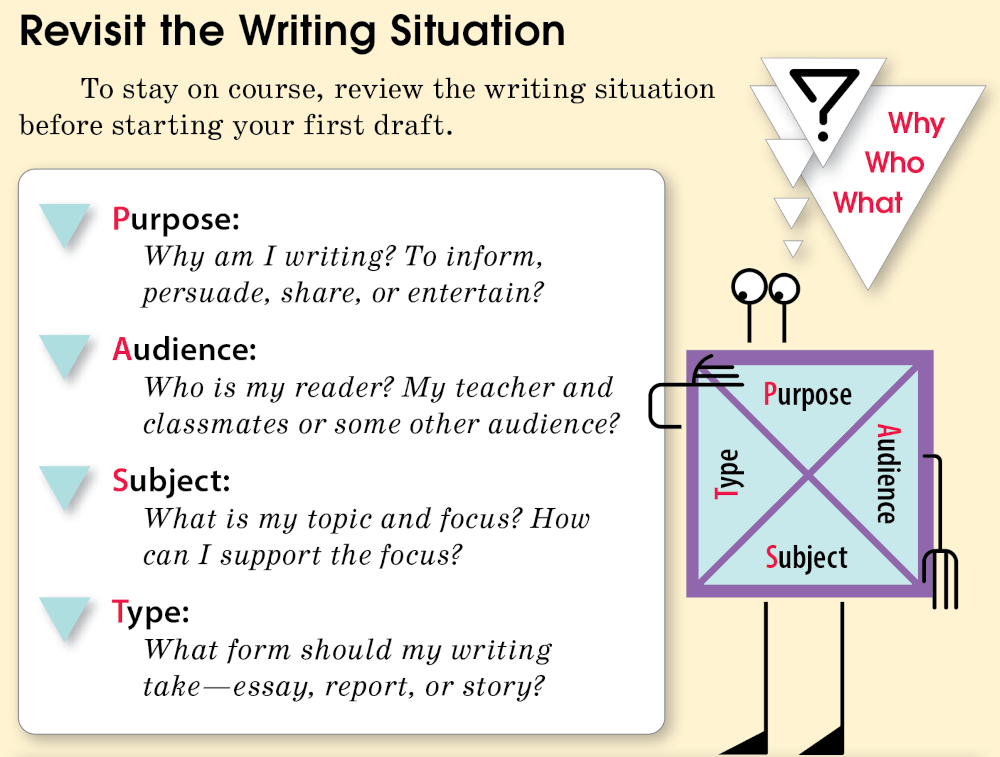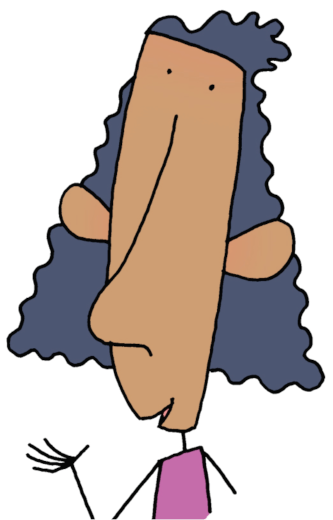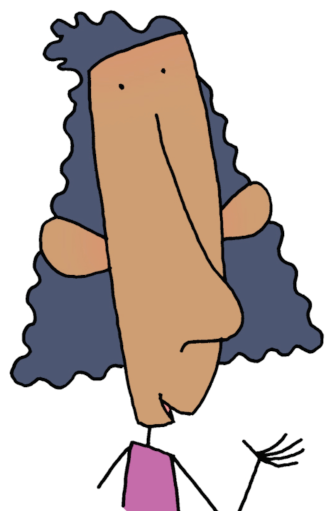WOC 041
Page 41

Writing
A lot goes into preparing a rocket for launch: filling the tanks with fuel, running complex system checks, and getting the astronauts suited up and into position. Months of careful preparation lead to the countdown—5, 4, 3, 2, 1. . . . Liftoff! Then, in mere minutes, the rocket goes from the ground to space!
In the same way, your prewriting helps you fill your writing tanks, plan your launch, and get your focus into the driver’s seat. If you’ve done your prewriting well, your writing should go quickly and smoothly. As author Bernard Malamud states, “The idea is to get the pencil moving quickly.” When you write a first draft, don’t worry about every little comma. Instead, let your ideas take off!
What’s Ahead
WOC 042
Page 42
Quick Guide ■ Writing
Drafting lets you rapidly get ideas on the page. You’re ready to write a first draft once you’ve . . .
- gathered details about your topic,
- stated a focus for your writing, and
- decided on a basic pattern of organization.

Link to the Traits
When drafting, pay attention to ideas, organization, and voice:
Ideas ■
Present your focus and use a variety of interesting details to support it.
Organization ■
Introduce your topic in the beginning, support your focus in the middle, and wrap up ideas in the ending. Use an appropriate pattern of organization.
Voice ■
Use a voice that reflects well on you, connects to your readers, and fits your topic and purpose.
WOC 043
Page 43
"The first draft is you just telling yourself the story.”
—Terry Pratchett

Writing the Beginning
Start by hooking your reader’s interest, introducing the topic, and identifying your focus or thesis. To hook the reader, you might . . .
- share some interesting or important details,
- ask the reader a question,
- provide a thought-provoking quotation,
- reveal a personal connection, or
- present an anecdote about the topic.
Beginning Paragraph
This beginning paragraph from student writer Sasha Brown tells about a hobby she hopes to make into a career. (The thesis statement is underlined.)
At Goodwill, I buy clothes that are too big for me—way too big! That’s because I’m after the fabric and the construction. I love to cut apart clothes and sew them together again to make something new. Turn a pair of old golf pants into a new top? Why not? Sew a suit lapel and jean pocket onto a polo shirt? Sounds great! My clothes are unique because they come from other outfits that I’ve deconstructed and reconstructed into new looks. One day, I hope my clothes will be for everyone. My passion for fashion helps the outside me reflect who I am within.
Helpful Hint
The most important aspect of your beginning paragraph is that it exists. You can always come back and revise/rework it. Just get it down now and move on to the heart of your work.
WOC 044
Page 44
Developing the Middle Part
The middle of your draft should support your focus or thesis. Different types of details provide different kinds of support. (Some of these types are used on the next page.)
Facts and statistics offer specific information that can be proven.
The Richter scale is logarithmic, so a 7.0 earthquake is 10 times bigger than a 6.0, and a 9.0 earthquake is 1,000 times bigger.
Examples illustrate a main point.
Cats have their own personalities. Richard Parker is an old curmudgeon who likes routine, while Sforzando is a curious explorer who likes novelty.
Anecdotes are brief stories that make a point.
Halloween isn’t just for kids. Ana Jenkins is a retired nurse with lots of time to spookify her yard. She loves handing out candy to revelers, awarding full-sized Snickers to kids in the most creative costumes. . . .
Quotations provide powerful supporting evidence.
After returning from his trip to space, 90-year-old William Shatner, the original Captain Kirk, wrote, “When someone travels to space and views Earth from orbit, a sense of the planet’s fragility takes hold in an ineffable, instinctive manner.“
Definitions give the meanings of unfamiliar terms.
When you “zhuzh” something, you make small adjustments that improve the overall look or flavor of something. “Let me zhuzh your hair.”
Reasons answer the question “Why?”
Pandemic quarantines coupled with the possibilities of computer conferencing changed forever the expectation of office culture.
Reflections reveal the writer’s thoughts on a subject.
To think of it—that first day of kindergarten I got in a playground scuffle with a boy who would become my best friend, and I shared my sandwich with a boy who would become quite the opposite.
WOC 045
Page 45
Middle Paragraphs
In the paragraphs that follow, Sasha uses different types of details to support each main point in her essay. In the first paragraph, she shares an anecdote about how she got started.
I owe my love of sewing to my grandmother. I stayed with her for a week during the summer between third and fourth grade. She had a gorgeous jacket of yellow and green Kente cloth, and one day, she caught me trying it on. It was like a gown on me, and the sleeves hung to my knees. Grandma smiled and said, “That’s a very special jacket that my mother gave me. The colors stand for royalty and green gardens.” I told her I wished I could have such a special jacket. She said that we could work together to design and sew my own. By the end of that week, I had my beautiful jacket and a new obsession.
In another paragraph, Sasha provides reasons for her style.
I’ve gained more than just a one-of-a-kind wardrobe. My fashion work has taught me to see differently. A rack of hand-me-down clothes looks to me like a gold mine of possibilities. A loud print that seems ugly in a shirt can suddenly become very cool when I make it into a belt. As I walk down the halls of my middle school, I’m mentally designing for other students. “She would look great in my grandma’s Kente jacket!” Sometimes I’ve given others suggestions, and a few students now are my “clients,” who come to me for advice. Of course, I’m my own biggest client. My fashions have helped me finally look like me!
In another paragraph, Sasha reflects on what she’s learned.
For a number of reasons, my fashion designs have shifted to repurposing old clothes. First of all, new cloth is expensive. I can buy ten old garments for what it would cost to make one of them new. Also, old cloth has a vintage style and wear that new cloth can only imitate. And every old garment I buy can teach me how to make it. I use a seam ripper and bring it down to individual pieces, which are basically patterns. I can study pockets, collars, sleeves, shoulders—and figure out the tricks. Then I can make something new.
WOC 046

Page 46
Bringing Your Writing to a Close
The ending paragraph gives your reader a thought to take away. It can do one or more of these things:
- Answer any remaining questions.
- Summarize the main points.
- Restate the focus or thesis.
- Emphasize one main point.
- Reflect on the topic or the thesis.
- Provide a thought-provoking final idea.
Ending Paragraph
In the ending paragraph below, Sasha reviews the ideas in her essay and arrives at a new thought to leave with the reader.
The jacket that Grandma and I made no longer fits. I’ve changed a lot since I was nine. What looks good on me has changed, too. So, fashion asks, “How do you want to look?” and each design answers, “I want to look like this.” Sometimes I try a new trend, sometimes I grab onto an old trend, and sometimes I make up something completely new. Given that I am my main model and client, I can think about how others want to look. And since I have been changing this whole time, I know how to design for lots of different body types. I still have the jacket from Grandma, though I can’t fit into it, and it’s not my current style. Even so, in a way, I wear that jacket every day.
Good Thinking
When writing a first draft, take a few creative risks. Begin an essay with a brief dialogue, or end it with a few rhyming lines. Creative thinking, especially early in the drafting process, may help you produce your best writing. Remember: You can always try something else.